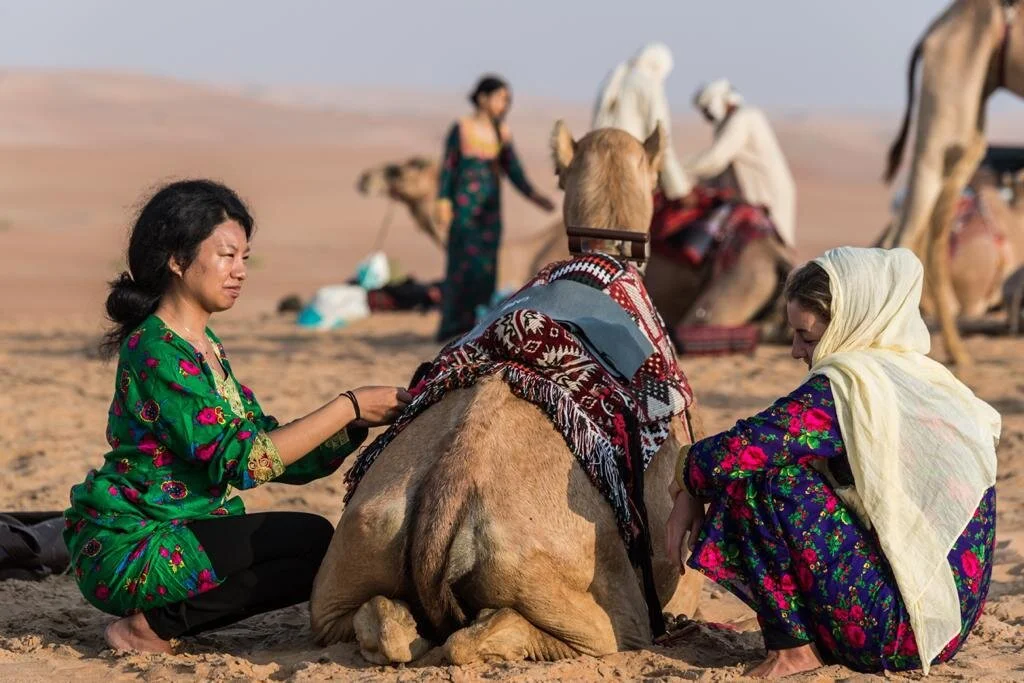One of our favorite stories about crossing lands indefinitely is Ali Al Ghfeli’s tour around the states of America. With a curiosity to meet the different communities that exist on the west side of the world, this Al Ain born national decided to ship his truck (which happens to be the stereotypical farmers car in the deserts of Abu Dhabi) to New Jersey to begin his tour of the 50 states. The photo below displays the merging of culture, city norms and how far one can go in discovery.
A photo of Ali’s arrival to Times Square, New York.
We asked Ali how he had planned to do his trip to which he said, “The main purpose of my trip was not numbers. It wasn’t about how many kilometers I drove or how many states I passed. It was about the people. I wanted to take back roads, meet locals, hear their stories, go to places they recommend.”.
“I’ve been traveling and backpacking in my breaks throughout college but never did a road trip. I’ve decided that this would be the right time to do it and I didn’t want to do it in a traditional way. So I had the car quickly outfitted and shipped to New Jersey to arrive as soon as I ended my internship. My dream to pass through the fifty states was happening every day.”
Is this something you would do back home? What was your past-time where you came from?
"I didn’t have the time before to do this back home, since I went abroad to study immediately after high school. I know there is a lot to explore in the UAE and in the neighbouring countries, and I have plans to do so once I come back.”
This story is a quick depiction of how the wander has taken us far, into alleyways we have never seen and across communities we may never meet. Somehow, we manage to live through the stories of those that venture far and it fills a puzzle piece into our ideologies about the world. Allow this story to take you through this mans goal to see the world - in his own way.
As Ali aims to complete the remaining states in time to come, we will be living through his stories on instagram and YouTube.








For updates on Ali’s travels, subscribe to our mailing list on www.wander.ae/subscribe.















